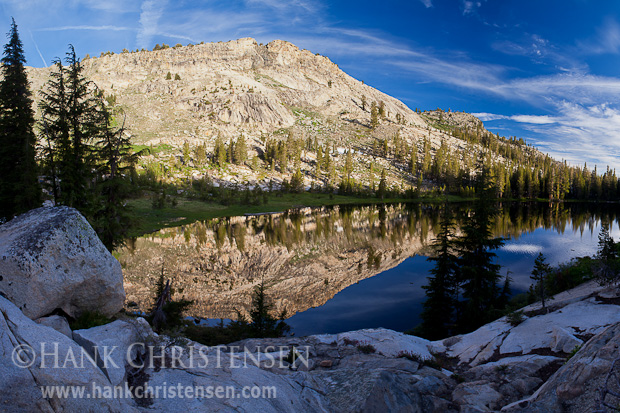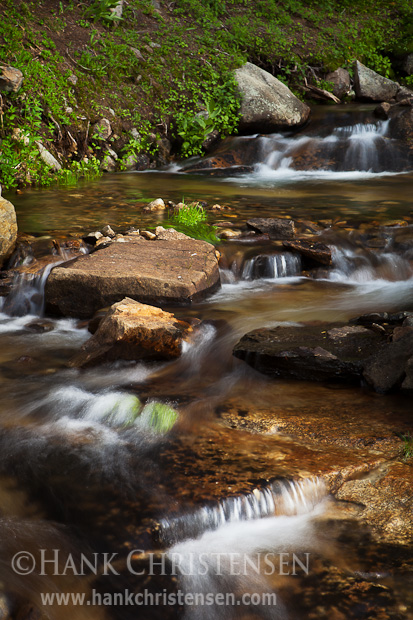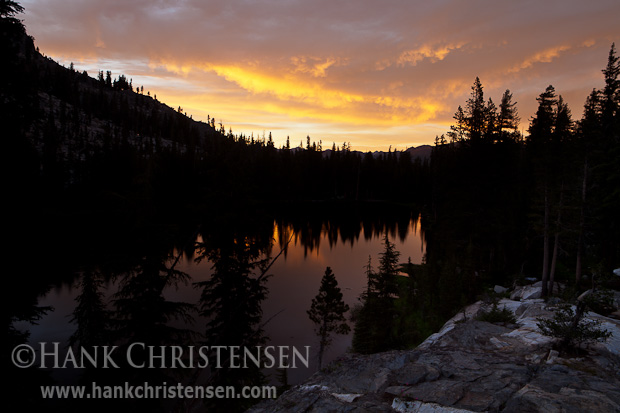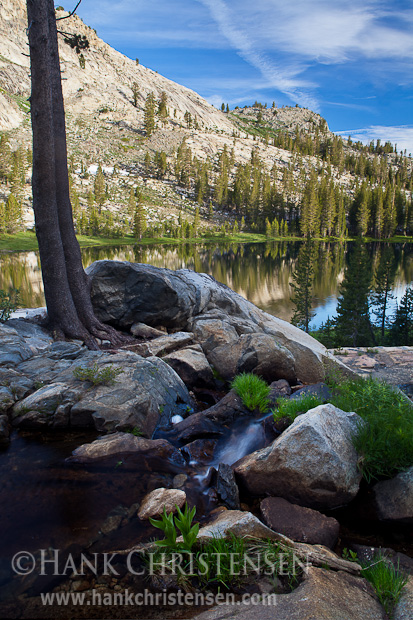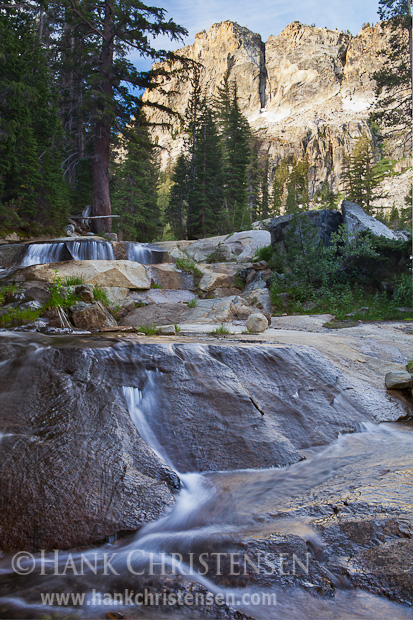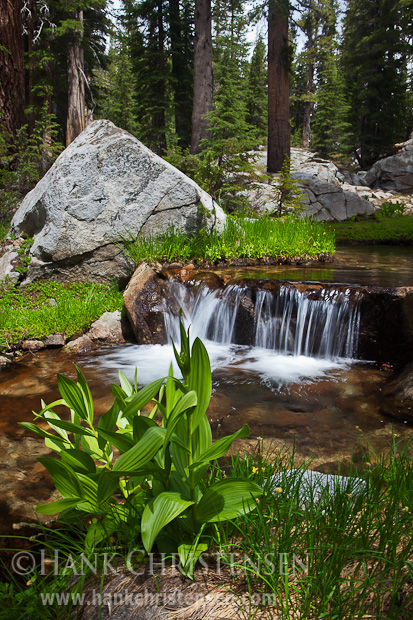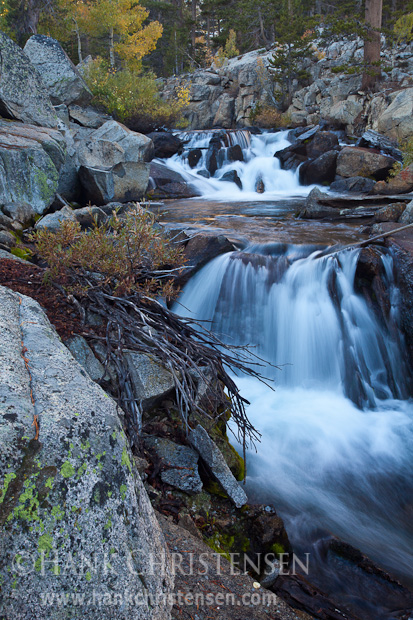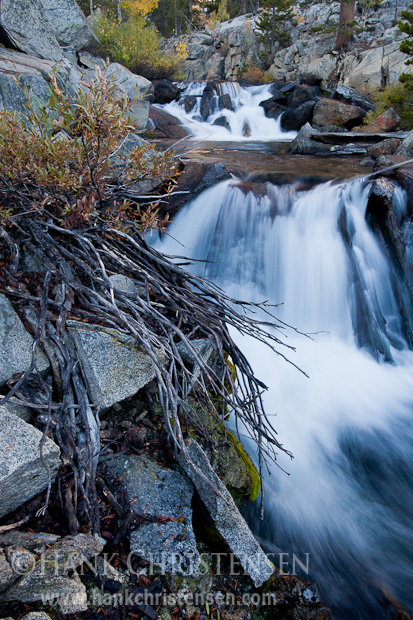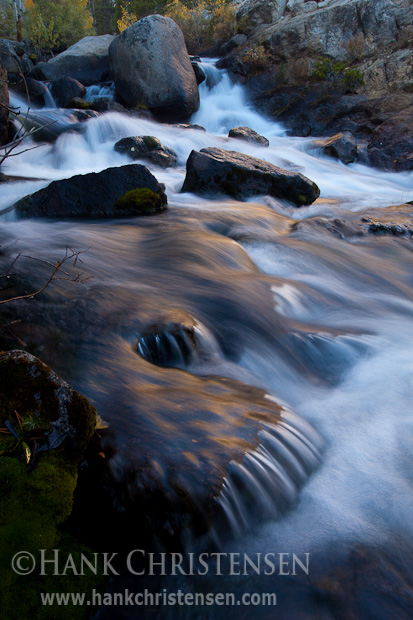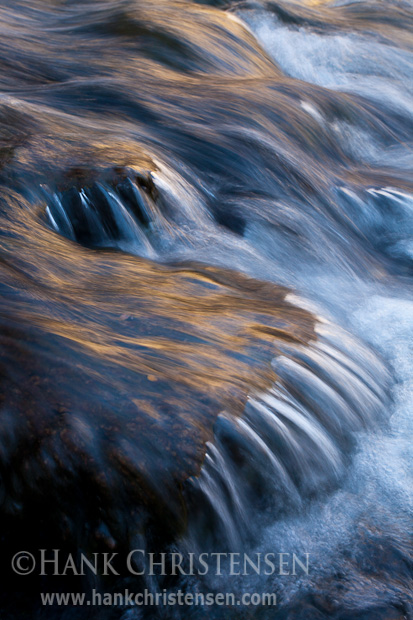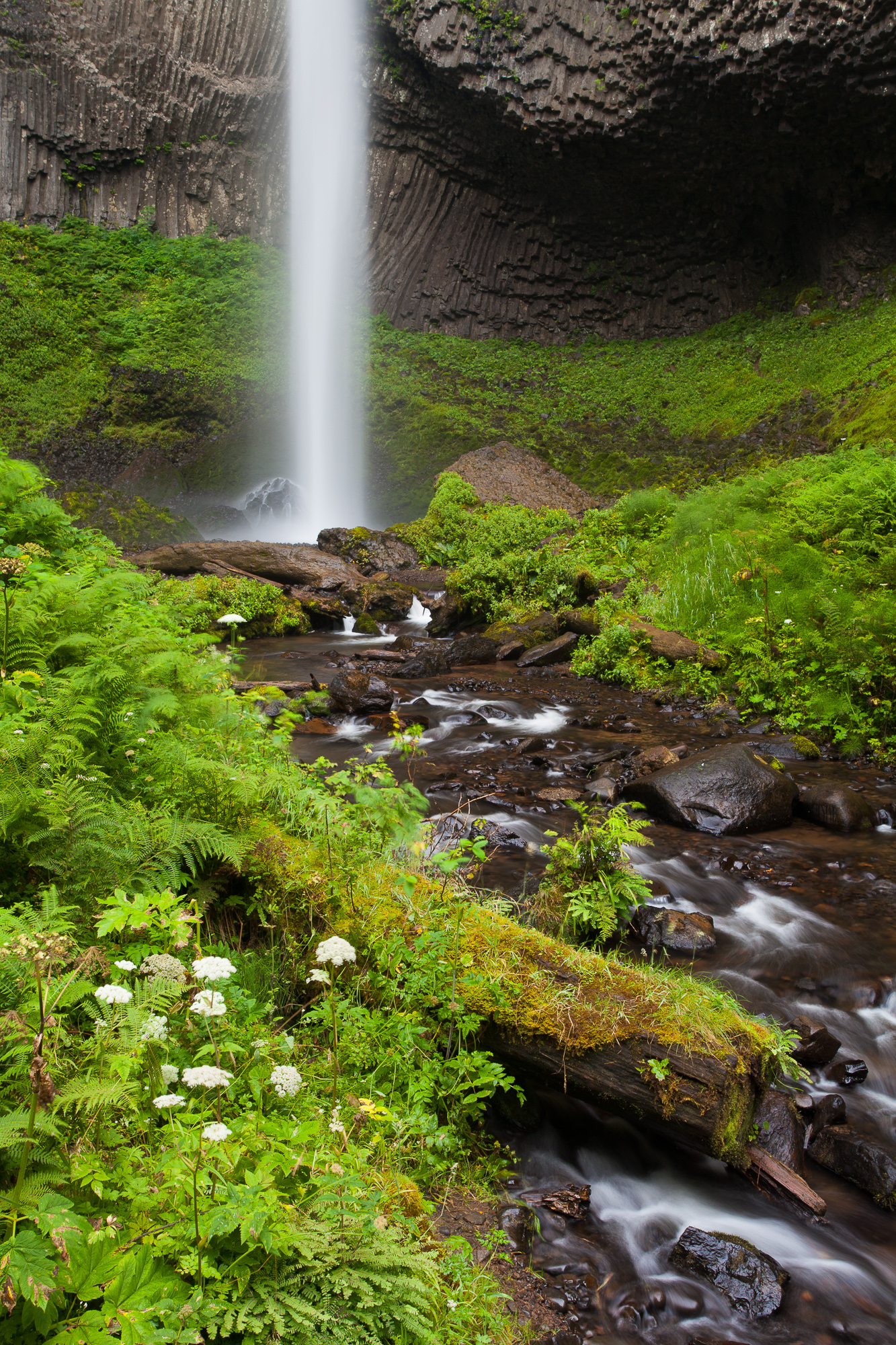
Earlier this summer I spent a couple of mornings in the Columbia River Gorge, photographing just a few of the many waterfalls that line its cliffs. Luckily, I was blessed with Oregon’s trademark high overcast skies, which gave me the perfect diffused light with which to do forest photography. By cutting out all the scattered light beams filtering through the canopy, I was able to get even light across the entire scene, and reduce the dynamic range to something my camera could handle.
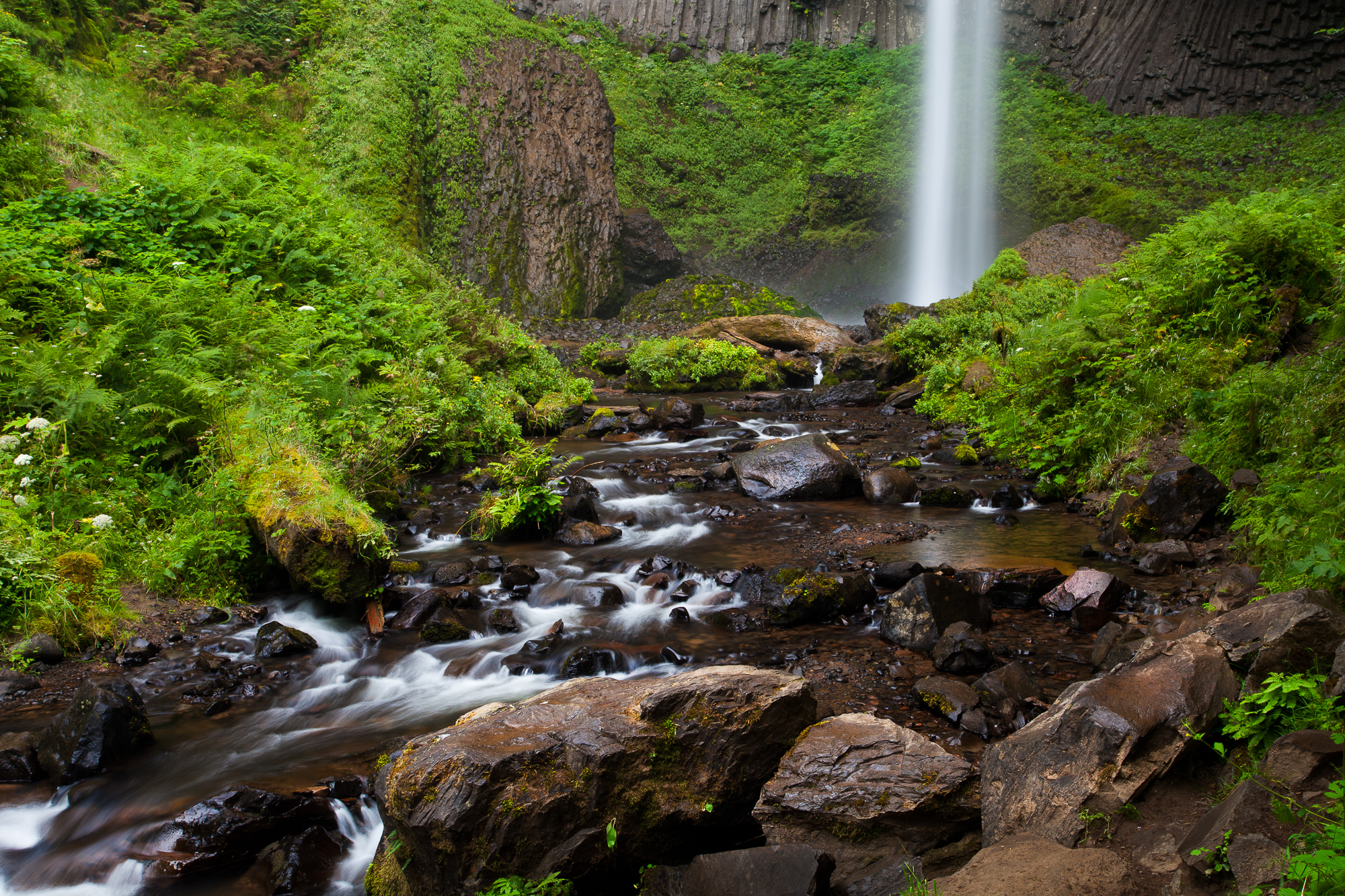
The two preceding images are of Latourell Falls, which seems to have endless foreground opportunities. While most of the falls in the Gorge cascade down rock faces, this waterfall plunges off an overhanging basalt cliff, allowing the water to fall straight down. Since there are never any true straight lines in nature, having a strong vertical line to work into the composition can be a lot of fun.
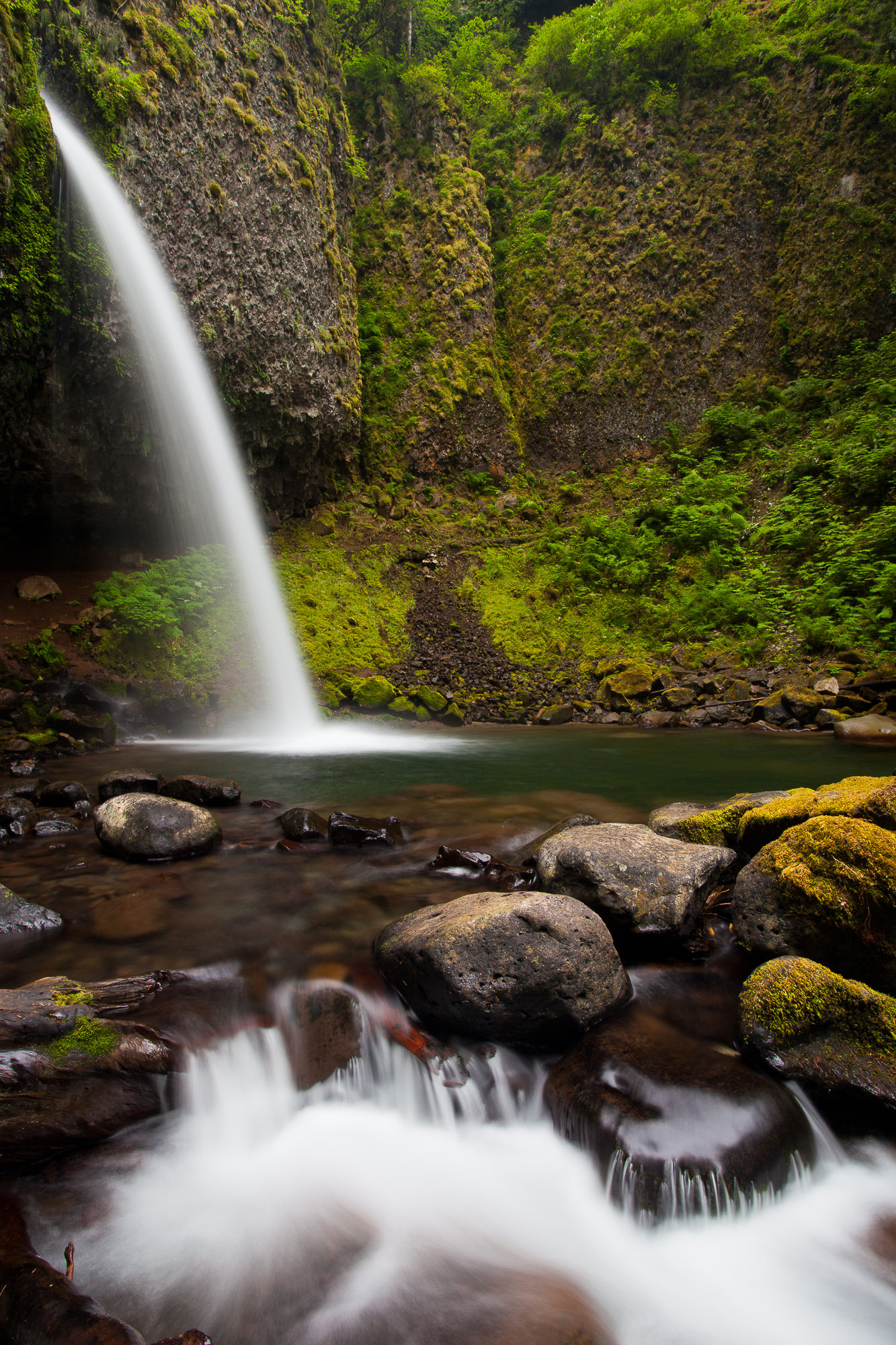
Ponytail Falls sits upriver from Horsetail Falls, a much larger waterfall closer to the road. While Ponytail may be inferior to its companion in size, it makes up for it in beauty. This fall shoots out from a notch in the cliff, creating a pleasing arc of water. A hiking trail wraps around the base of the cliff behind the waterfall, giving hikers the added bonus of seeing the fall from a different perspective.
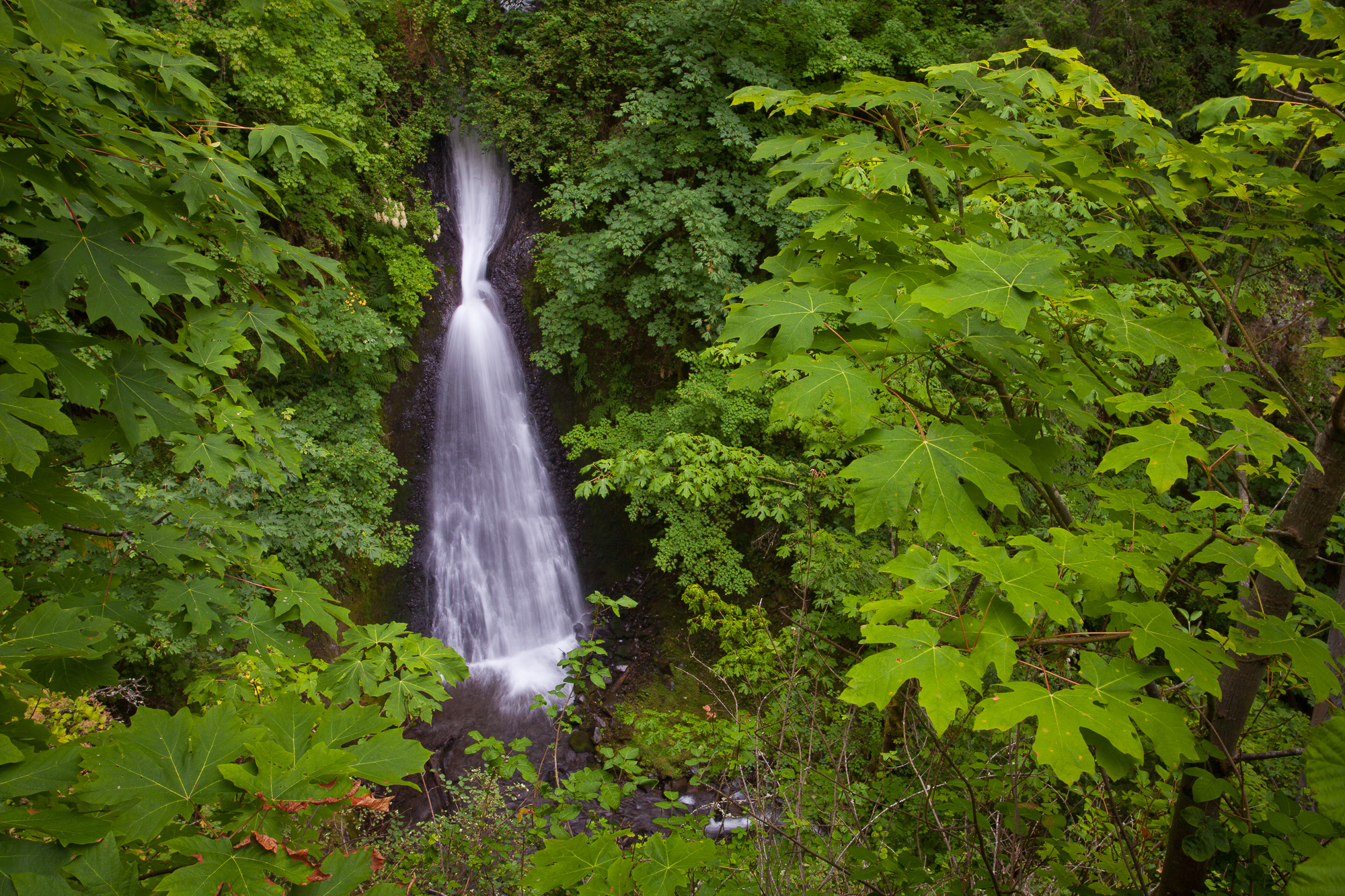
Shepperd’s Dell Falls is absolutely covered with green. This is a nice tidy little waterfall that starts well below the trailhead, allowing views from high above looking down. Of course, shooting so much foliage makes using a polarizer a must. This will cut all reflections on the leaves, and really make the green color pop. This is an effect that cannot be replicated well in post processing.

Just below Wakheena Falls is a beautiful cascade that runs past lush ferns and wild flowers. It is not as well visited, as it is tucked away below the road, and most visitors are drawn immediately to the waterfall.
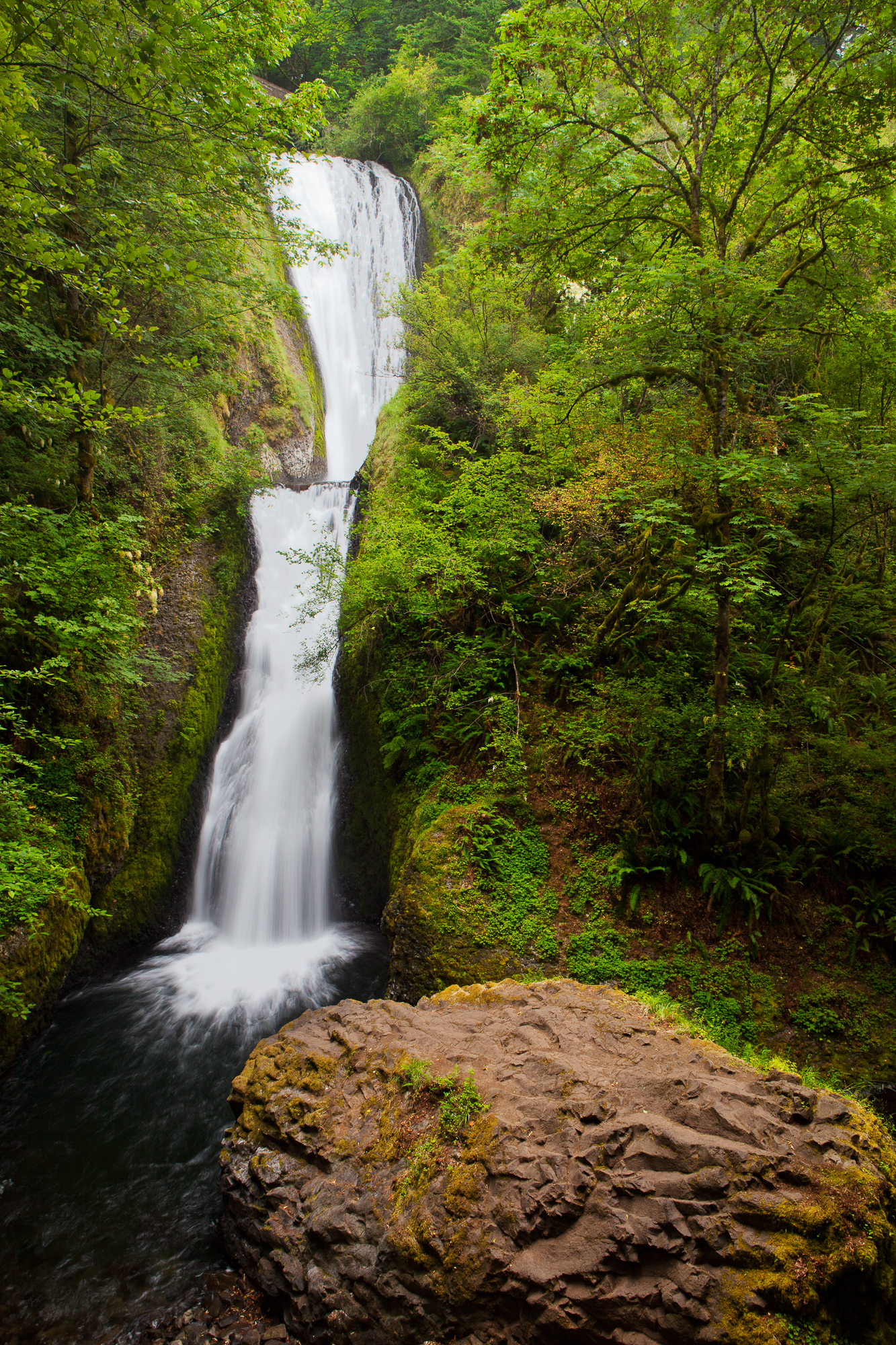
The last waterfall I covered in this trip was Bridal Veil Falls. This is one of the more popular waterfalls along this stretch of road. Equally as popular is the Bridal Veil post office, which receives boxes of wedding invitations from all over the world, so that the invitations can be postmarked by the town of “Bridal Veil” and mailed out to potential wedding guests.
I have to admit, I had a little trouble with the aesthetics of this waterfall. The shot above is a straight-forward interpretation, shot from an (ahem) observation platform. Okay, let’s be honest – it is a vacation snapshot! I wasn’t very happy with this rendering, as I felt it lacked conveying the almost ethereal quality of the grotto that this waterfall plunged into. I worked the scene and settled on the more distant perspective below.

The best part of this photo excursion is that I only scratched the surface of the multitude of waterfalls along the Gorge. With so much water flowing into the Columbia River, and so many overcast days (smile), this area really can be a photographer’s paradise.
Gear I used to create the photos in this post:
[amazon_link asins=’B007FGYZFI,B0076BNK30,B00009R6WO,B00IAYFDIC’ template=’ProductCarousel’ store=’hankchristens-20′ marketplace=’US’ link_id=’1e2a6983-927e-11e7-b829-e91a331daddd’]


